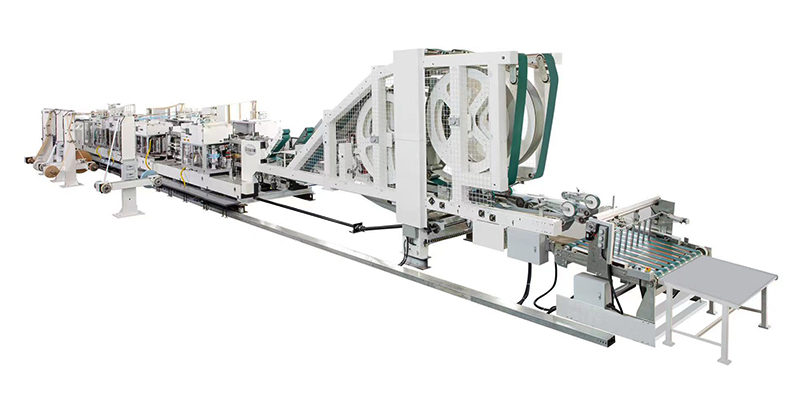The Ultimate Guide to Paper Bag Bottomer: Techniques, Design, and Manufacturing Insights
Release time:2025-04-27 Classification:Knowledge
A paper bag bottomer is a critical component in the production of durable, functional, and aesthetically pleasing paper bags. This specialized tool or technique ensures the base of a paper bag is securely constructed, enabling it to hold weight without tearing or collapsing. As sustainability drives demand for reusable and eco-friendly packaging, understanding the intricacies of paper bag bottomer design and application becomes essential for manufacturers and designers alike.

1. The Role of a Paper Bag Bottomer
The bottomer is responsible for forming and reinforcing the base of a paper bag. This process involves precise folding, gluing, or heat-sealing to create a stable foundation. A well-designed bottom ensures the bag can withstand varying loads, from lightweight groceries to heavier retail items. Key factors include material strength, adhesive quality, and structural geometry.
2. Common Techniques in Bottom Construction
- Automatic Folding and Gluing: Modern machinery folds the paper into a flat or gusseted base, applying adhesives to secure layers. This method prioritizes speed and uniformity, ideal for mass production.
- Heat Sealing: Used for laminated or coated paper, heat activates adhesive layers to bond the base without additional glue. This technique is common in waterproof or moisture-resistant bags.
- Manual Assembly: In artisanal or small-scale production, bottomers may involve hand-folding and stitching, often seen in luxury or custom-designed bags.
3. Design Considerations for Optimal Performance
- Material Selection: Kraft paper, recycled fibers, or laminated materials influence the bottomer’s effectiveness. Heavier GSM (grams per square meter) paper enhances durability, while lighter options prioritize flexibility.
- Structural Geometry: A square or block bottom distributes weight evenly, reducing stress points. For flat-bottom bags, reinforced corners prevent tearing.
- Eco-Friendly Innovations: Biodegradable adhesives and uncoated papers align with sustainability trends, though they may require adjustments in bottomer machinery settings.
4. Challenges and Solutions
- Weak Seams: Poor adhesive application or misaligned folding can compromise integrity. Precision calibration of machinery and quality control checks are vital.
- Environmental Factors: Humidity or temperature fluctuations may affect adhesive performance. Using climate-resistant materials or sealants mitigates this risk.
5. Future Trends in Paper Bag Bottomer Technology
Advancements in automation, such as AI-driven folding systems, aim to reduce waste and improve efficiency. Additionally, the integration of recycled materials and water-based adhesives reflects growing industry commitments to sustainability.
Conclusion
The paper bag bottomer is a cornerstone of functional packaging design, balancing durability, aesthetics, and environmental responsibility. By leveraging innovative techniques and materials, manufacturers can meet evolving consumer demands while adhering to sustainable practices. As technology progresses, the future of paper bag production promises even greater precision and eco-conscious solutions.






